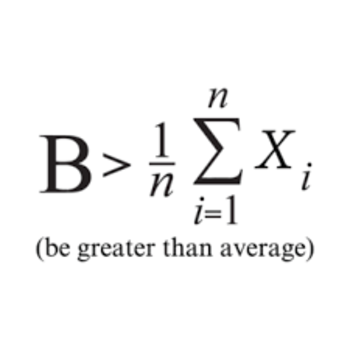Calculating the radius of a star 100 times bigger than our Sun?
I'm having difficulty solving the following: As a star runs out of hydrogen to fuel nuclear fusion in its core, changes within the star usually cause it to leave the main sequence, expanding and cooling as it does so. Would a star with a radius 100 times that of the Sun, but a surface temperature 0.2 times that of the Sun, be more, or less luminous than the Sun? You may assume the surface area of a sphere is #A=4pir^2# you will need to consider the effect on stellar luminosity of both the change in the surface area and the change in surface temperature of a star, as implied by Equation #LpropAT^4#
I'm having difficulty solving the following: As a star runs out of hydrogen to fuel nuclear fusion in its core, changes within the star usually cause it to leave the main sequence, expanding and cooling as it does so. Would a star with a radius 100 times that of the Sun, but a surface temperature 0.2 times that of the Sun, be more, or less luminous than the Sun? You may assume the surface area of a sphere is
1 Answer
See below:
Explanation:
I'm going to give some fictitious values just so that we can get some perspective on the matter.
Let's say that the surface temperature of our sun is 10, the surface temp of the bigger star- the red giant formed from leaving the main sequence, has a temp of 0.2. of that- 2.
We can also say that the radius of our sun is 10, and the radius of the red giant is 1000. (100 times more)
Using the equation:
But we can ignore the constant, as we are only interested in a ratio of these values.
So the newly formed, red giant star is almost 16 times more luminous than the sun. This is owing to the increased surface area of the star due to the massively increased radius.
A small sidenote:
There is an equation that might be useful for comparing the radii, temperature and luminosity of main sequence stars. As red giants are not on the main sequence it could not be used here, but if you stumble across a question where they ask you to find the radius, luminosity or temperature given the other two, you can relate it to the sun's characteristics:
(I know, it's not a beauty to look at- but it works)
Where
Hence:
(cancel the common terms)
(divide both sides by 0.0057)
So the star's radius is almost 17.5 times that of the sun.
Hopefully, you find this info useful!

